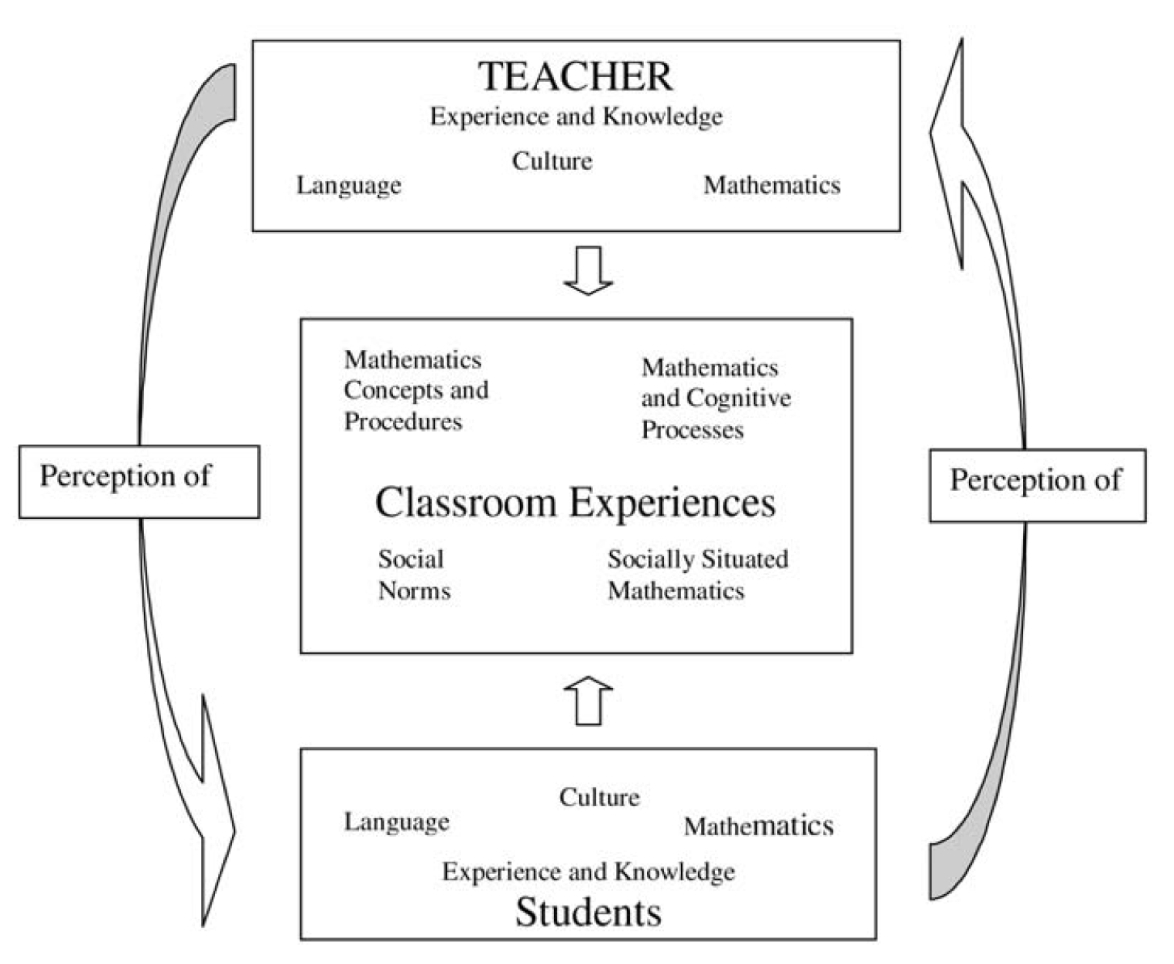High stakes tests, mathematics word problems, & second-language learners
Posted by: Gary Ernest Davis on: November 4, 2010
 High stakes tests and word problems
High stakes tests and word problems
It is increasingly expected, and in most U.S. states required by law, that students will learn and achieve at grade-level standards if they are to graduate from high school.
In mathematics, the tests used to measure whether students meet grade-level standards often involve word problems set in contexts considered to reflect experiences and knowledge readily available to the students.
Limitations of working memory
A problem solver needs to recall domain-specific knowledge in long-term memory relevant to the problem situation, hold it in working memory, and simultaneously work on the solution to the problem.
Limited amount of information can be stored and processed in working memory.
This creates a cognitive load.
Kalyuga, S., Ayres, P., Chandler, P., & Sweller, J. (2003). The expert reversal effect. Educational Psychology, 38, 23–31.
English language learners & mathematics teachers
Teachers need to:
Nieto, S. (2004). Affirming diversity: The sociopolitical context of multicultural education (4th ed.) Boston: Pearson Education.
A genuine, and typical, word problem
The Laundry Problem
Sandy’s family does its laundry at a coin-operated laundromat. It costs $1.25 per load to use the washing machines and 25¢ per load to use the dryers for 10 minutes. Sandy’s family has 5 loads of laundry to do and each load will need to be in a dryer for 30 minutes. Which expression will give Sandy’s family the total cost of doing these loads of laundry?
A. ($1.25 + $0.25) × 3 × 5
B. [$1.25 + (3 × $0.25)] × 5
C. [(3 × $1.25) + $0.25] × 5
D. 3 × ($1.25 + $0.25) × 5
From the 2002 Washington Assessment of Student Learning (WASL) for Mathematics.
 A reasonable problem for seventh graders?
A reasonable problem for seventh graders?
About half (49.9%) of more than 70,000 students who took the test were unable to manage the cognitive demands of this problem to select the correct answer. (Choice B)
About one-third (33.9%) of the students linked the information within the second sentence (Choices A and D) instead of linking information from the second sentence with information from the third sentence.
Students’ lack of prior experience with laundromats could be expected to impact their success rate.
What is really being tested by this problem?
Linguistic challenges
Use of the pronoun it in the sentence, “It costs $1.25 per load to use the washing machines and 25¢ per load to use the dryers for 10 min,â€
Compounding & cognitive demands; “and 25¢ per load,†links the “25¢ per load†with the washing machine load until the end of the sentence -prior experience with laundromats signals the reader to interpret the sentence differently.
Spanish speakers, for example, may interpret the words to do as make.
Knowledge assumptions: a student may be familiar with wash clothes in English but not with the word laundry, and students whose families do laundry at home may not understand the word laundromat.
Load is usually first learned as a verb and when second-language learners read the word expression, they may, for example, think about what someone’s face looks like.
For many ESL students, English first names are not easily recognized; “What is a Sandy?â€
Another one for you to think about …
The Soccer Problem
Jorge’s town has a soccer league. He helped sign up players for the different divisions. The table below shows the total number of players who signed up this year.
 Jorge needs to figure out the total amount of money from sign-up fees.
Jorge needs to figure out the total amount of money from sign-up fees.
Which of the following expressions will give him the correct amount?
A. (49 + 54) × $20 + (67 × $30)
B. (49 × $30) + (54 × $20) + (67 × $30)
C. (49 + 54 × $20) + (67 × $30)
D. (49 + 54 + 67) × ($20 + $30)
Underestimating what students know
How students use everyday knowledge to answer mathematics test items that use “realistic†contexts to frame the test question.
Cooper, B., & Dunne, M. (1998). Anyone for tennis? Social class differences in children’s responses to national curriculum mathematics testing. Sociological Review, 46, 115–148.1998;
Lamon, S. (2003). Beyond constructivism: An improved fitness metaphor for the acquisition of mathematical knowledge. In R. Lesh & H. M. Doerr (Eds.), Beyond constructivism: Models and modeling perspectives on mathematics problem solving, learning, and teaching (pp. 435–447). Mahwah, NJ: Lawrence Erlbaum
Underestimation of students’ actual capacities with respect to mathematics may occur as a result of second-language learners’ lack of familiarity with the context of a problem.
When a teacher and students do not share the same language, previous experiences, or culturally based assumptions about what it means to teach and learn mathematics, the teacher’s resulting mental model of student learning may have little to do with the students’ actual understanding and construction of mathematical concepts and processes.
A check list for mathematics teachers
Reference
Campbell, A. E., Adams, V.M. & Davis, G.E. (2007) Cognitive demands and second language learners: A framework for analyzing mathematics instructional contexts. Mathematical Thinking & Learning, 9(1), 3-30


November 5, 2010 at 9:29 pm
Your last few comments of the post indicate something could be done which is typically missing from Mathematics instruction, both for native-English language speakers as well as for non-native-English speakers: Genuine LABORATORY exercises and at least a few group activities for students. Both of those types could stimulate improved language acquisition suitable for some Mathematics being taught.
When I say “laboratory exercises”, I absolutely do not mean some computer work. I really mean an actual real object or assortment of objects, or at the very least, a few precise pictures (motion or sequence of stills with clear narration).
I wish I could suggest more accurate ideas but very little comes to mind right now.
November 9, 2010 at 7:44 am
You know, the fact that you are thinking about this important issue is what matters. Keep these thoughts in your mind – answers will come!